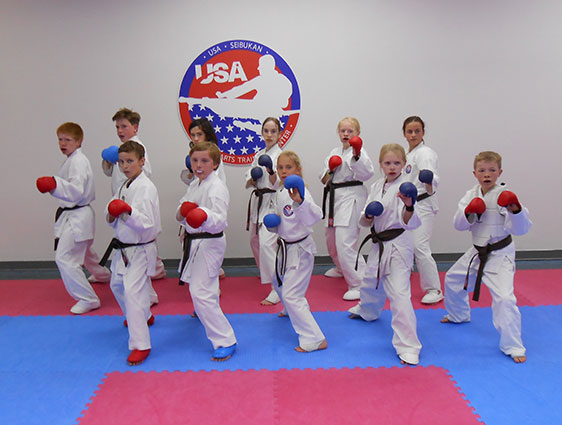When is the last time you thought about learning styles? Sure, you may have heard about the three main learning styles, but do you know which one you default to? Learning is an exciting topic, and we think about it a lot. If you want to understand better how you or your child learns, today’s post is perfect for you.
As you probably know, there are three main styles of learning, and everyone has their own preferred style. When information is presented according to your learning style, it is much easier to learn. Here is a quick run-down on the learning styles:
Visual Learners: Visual or spacial learners acquire knowledge by seeing, ideally in the form of diagrams or pictures. These learners are also good at reading body language and social cues.
Auditory: Auditory learners acquire knowledge by listening, which works well when topics are presented in classroom lectures, podcasts, and step-by-step instructions.
Kinesthetic: Kinesthetic or physical learners acquire knowledge by moving and doing. They do best when they can build, manipulate, or actively explore a concept.
Often, when taking in information, we mix or blend the learning styles. But we still always have a dominant or preferred way of leaning. Another important point is that none of the learning styles are better than another. But unfortunately, in a traditional classroom environment, one learning style is usually underutilized. Can you guess which one? It’s the Kinesthetic style.
Why are Kinesthetic learners are often misunderstood?
Since it is challenging to deliver academic concepts via movements or sensory experiences- think memorizing multiplication tables while doing jumping jacks- kinesthetic learners are rarely able to use their preferred learning style in the classroom. This mismatch between the presentation of information and the acquisition of knowledge can lead to frustration and disappointment. Kinesthetic learners are misunderstood, especially in school settings.
Why are learning styles important to us?
The way information is presented impacts a student’s ability to learn. At USA Seibukan we know and appreciate this principle, so we teach to each student’s learning style. We do this by getting to know each and every student. Then we offer choice whenever possible and create a safe learning environment. Together, these factors help our students try out different skills, master them, and build confidence.
Martial arts are great for everyone, but they provide a much-needed opportunity for Kinesthetic learners to move and learn by doing. In our experience, these learners can feel stifled and frustrated being made to sit at a desk all day. Their bodies need movement, and their brains need to move to learn. Martial arts meet that need perfectly. That’s why we often see students who come into us labeled as having learning challenges thrive and transform.
This scenario is typical, and it happened for one of our most dedicated families, the Yeringtons. Dr. Yearington brought his sons to USA Seibukan after one of them was diagnosed with ADHD. After taking classes for a short while, the boys learned valuable skills, including self-discipline, which they then applied to life outside the dojo. Dr. Yearington noticed the boys have an increased sense of control, both with their body and their actions. Martial arts make a huge difference in his sons’ life.
We think individual learning styles are important, and teaching to a student’s learning style is just one way we make sure our students feel safe and respected. Maybe our focus on individual learning styles accounts in part for the success we’ve experienced over the last 30 years.
If you are interested in seeing the benefits of martial arts in your life, join us for a free trial class.


